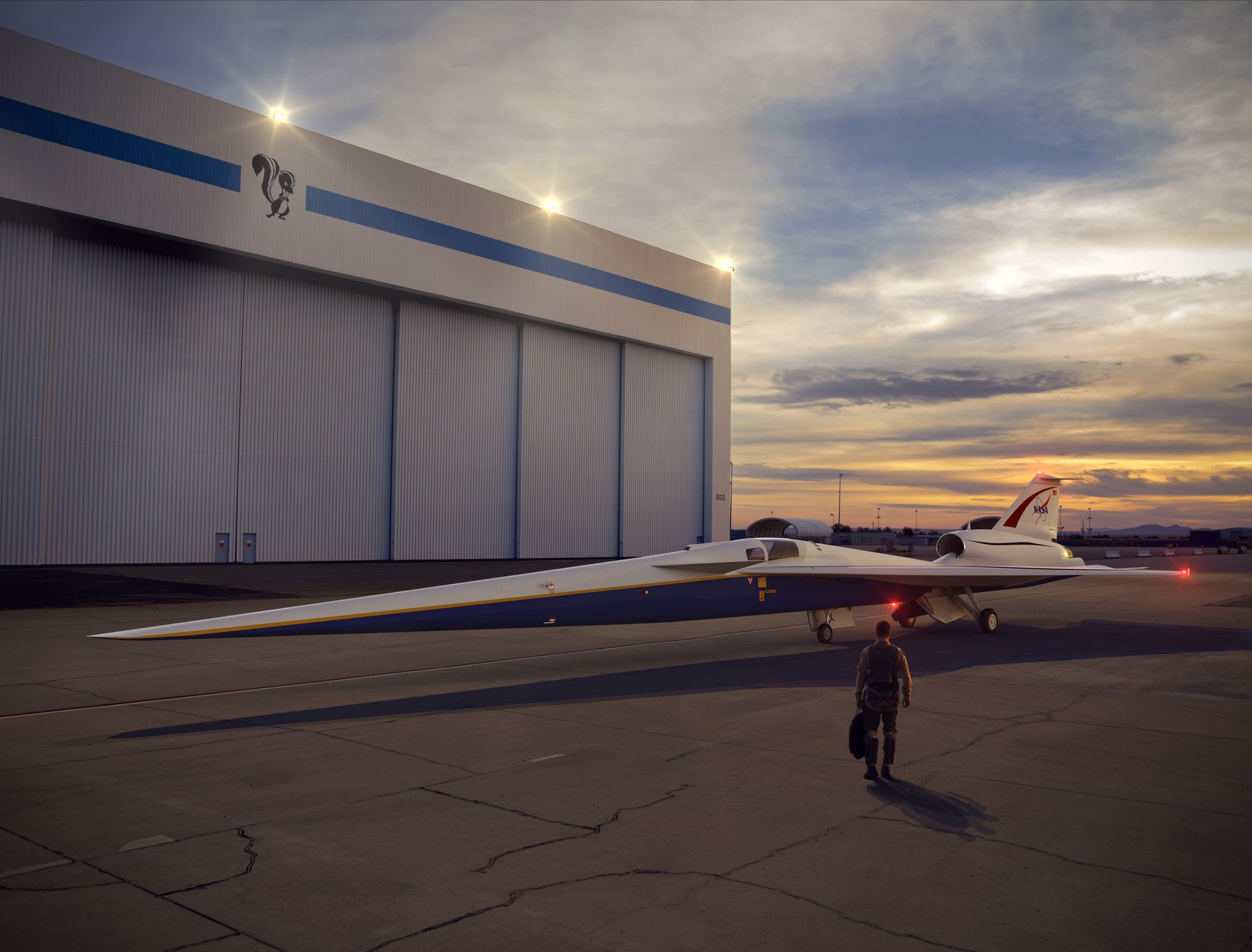NASA has awarded the contract to build its first piloted X-Plane in decades, with the mission to advance supersonic flight over populated areas. While the historic Concorde broke the sound barrier over the ocean, it was restricted to subsonic speeds over land due to the disruptive and objectionable sonic boom produced by supersonic flight. In the new Low Boom Flight Demonstrator design, the contours of the airframe and management of the flight profile will help to minimize and distribute the shocks over a wide area, producing a series of muffled thumps instead of the two sudden, loud cracks that occur when the leading and trailing sonic shocks coalesce in existing designs.
The research program is also advancing the analysis and prediction of supersonic noise propagation through the atmosphere, and how those of us on the ground perceive the new muffled signature—since public acceptance is the ultimate hurdle to commercialization. New York to LA in two hours never sounded so good!


